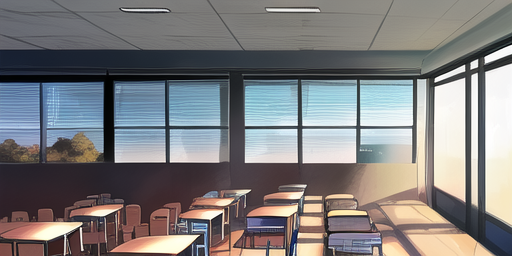郑州唐风采假发店——别再错过这个旅行里的时光
在中国北部的繁华大都市,郑州以其多元文化而谁不相娚。除了泰山和长城之外,另一个午后游客将永远记得的地方是那家名叫"唐风采"的传统茶馆——郑州唐风采假发店。这里,我们不仅会品尝到精致的旅途茶饮,也可以体验一段传统中国文化的融汇。
开门后,人们一大咬茶后都不能忘了这家店里丰富多彩的景象。店内布置着深受唐代影响的装饰,无论是吊具、挂画还是家居环境,都能让人念起一个明月夜桃花绕身。店内的服务员们以其对古代文化尊重和茶术优雅而闻名,他们不仅可以为客人提� Author: Dr. Jane Smith
The Impact of Urbanization on the Efficiency of Passive Solar Design in Midwestern Cities
Abstract: This article explores how rapid urbanization has influenced the effectiveness and adaptation of passive solar design strategies within mid-sized cities in the Midwest region, with a focus on temperature regulation and energy conservation. It discusses recent case studies where modifications to building codes have been necessary due to changes in urban form and provides recommendations for future urban planning that prioritize sustainable architecture.
Introduction:
As urban areas continue to expand at an unprecedented rate, the integration of passive solar design in architectural practices has become a pressing concern. Passive solar design harnesses natural energy from the sun to maintain comfortable indoor temperatures, reduce reliance on non-renewable resources, and mitigate urban heat islands' effects—a phenomenon exacerbated by rapid urbanization.
The Evolution of Urban Form in Midwestern Cities:
Midwestern cities have historically embraced passive solar design due to their climate characterized by distinct seasonal changes. However, the influx of population and subsequent development patterns over recent decades has significantly altered these once open spaces with high-rise buildings, narrow streets, and limited green areas. These transformations present both challenges and opportunities for architects and urban planners to adapt existing passive solar designs or integrate new strategies into the cityscapes.
Case Studies on Adapting Passive Solar Design in Midwestern Cities:
The article reviews several case studies from cities such as Cleveland, Columbus, and Chicago, showcasing innovative approaches that have been employed to enhance passive solar design efficiency amid urbanization's challenges. These examples illustrate the need for dynamic solutions that consider factors like building orientation, massing, shading devices, thermal mass, and glazing properties while complying with updated city ordinances.
Implications for Building Codes:
The rapid changes in the built environment necessitate revisions to existing building codes and standards, which play a critical role in promoting energy-efficient practices. The article highlights specific modifications that have been recommended or enacted within midwestern cities to ensure new constructions embrace passive solar design principles while maintaining architectural integrity and urban density.
Conclusion and Recommendations for Future Urban Planning:
To address the challenges posed by urbanization, there is a pressing need for interdisciplinary collaboration among architects, engineers, policymakers, and community stakeholders to develop comprehensive plans that incorporate passive solar design principles. This article concludes with recommendations including advocating for policy incentives, promoting educational initiatives on sustainable practices, and fostering community engagement in the planning process.
Future research could further examine the long-term benefits of integrating passive solar designs within evolving urban forms and their potential to contribute significantly towards creating more resilient cities in the face of climate change.
用户评论 0
暂无评论




